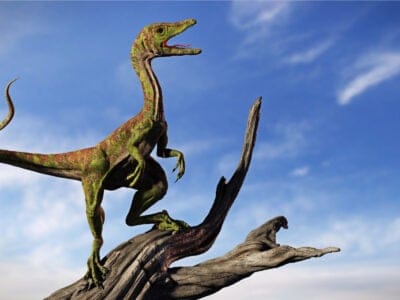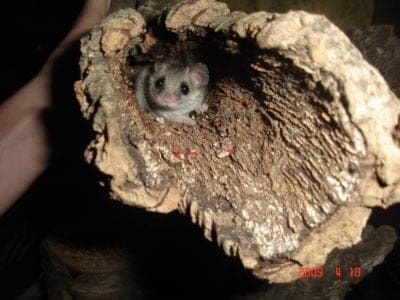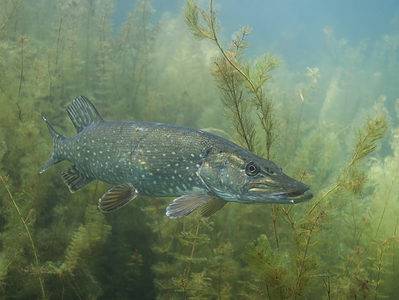Below you can find a complete list of Spanish animals. We currently track 278 animals in Spain and are adding more every day!
Sharing a land border with Portugal in the west and France to the north, Spain is a country of diverse climates, waterfalls, and unique wildlife. It is comprised of the Spanish mainland, the Balearic Islands in the Mediterranean Sea, and the Canary Islands just off the coast of North Africa. The interior of the country is dominated by high plateaus interspersed by long mountain chains, including the Pyrenees, the Montes de Toledo, and the Sierra Nevada. The rest of the country is comprised of fertile farms and agricultural land. Compared to the hot and dry interior, the Mediterranean coast is kept cool by the sirocco winds emanating from Africa.
The Official National (State) Animal Of Spain
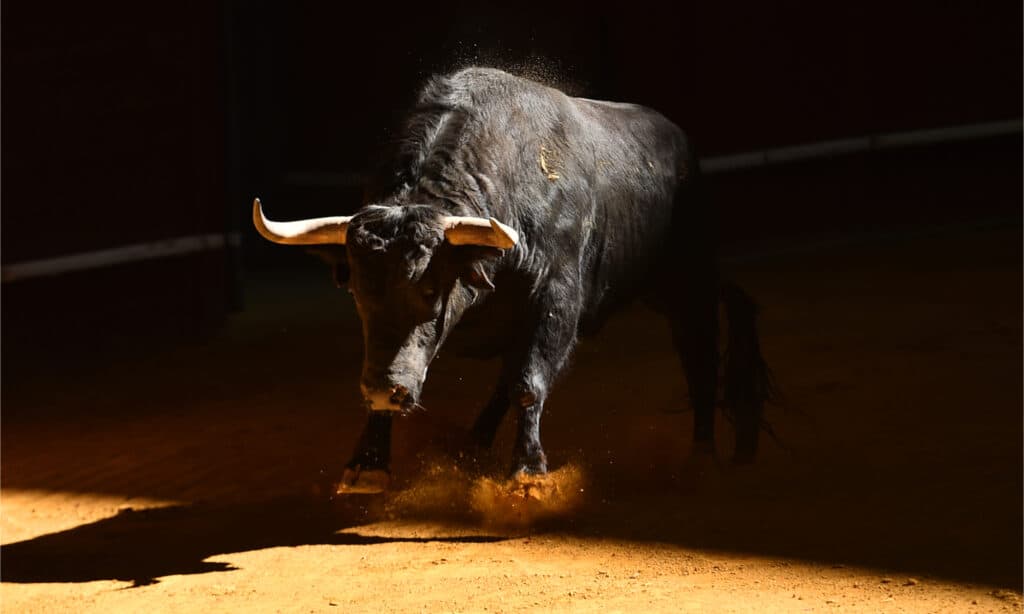
The bull is an important cultural symbol of Spain.
©alberto clemares exposito/Shutterstock.com
The bull is the national animal and an important cultural symbol of Spain. It evokes a sense of pride and national identity within Spain and is also connected to ideas of independence and freedom, as there was a time when attempts were made to ban their bullfighting traditions, and the Spanish people persisted in maintaining their ways of living.
The bull’s cultural status stems from the popularity of bullfighting, which dates back to the 8th century when it was a symbol of fertility and power. The most famous event, the Running of the Bulls, takes place every year between July 7th and 14th in the city of Pamplona as part of the San Fermin Festival.
Where To Find The Top Wild Animals In Spain
Spain contains 15 national parks and many smaller refuges and reserves. Ten of these reside on the Spanish mainland. Four of them are on the Canary Islands and one is on the Balearic Islands.
- The Ordesa y Monte Perdido National Park in Aragon, directly next to the border with France, is a picturesque hiking destination where you can find the alpine marmot, wild boar, Pyrenean desman, Pyrenean chamois, golden eagle, bearded vulture, griffon vulture, and many other birds.
- The Sierra Nevada National Park, located in the province of Granada to the south, is Spain’s largest protected area. It is home to the Spanish ibex, wild boar, marten, badger, wild cat, common kestrel, eagle owl, and various species of eagle.
- The Cabrera Archipelago Maritime-Terrestrial National Park in the Balearic Islands is rich in sea birds, including the yellow-legged gull, the Balearic shearwater, and the Audouin’s gull. Other famous wildlife includes the kestrel, osprey, peregrine falcon, sea turtle, rabbit, and genet.
- The Caldera de Taburiente National Park, located in La Palma of the Canary Islands, is recognized as an Important Bird Area by BirdLife International. It is home to laurel pigeons, red-billed choughs, Atlantic canaries, and many more.
- The Teide National Park encompasses the country’s highest peak in the Canary Islands. It is home to many unique insects, spiders, reptiles, and birds. The only mammals are some species of bats, rabbits, feral cats, and a hedgehog.
- Other fascinating locations include the Picos de Europa National Park in northern Spain, the Sierra de Guadarrama National Park near Madrid, and the Aigüestortes i Estany de Sant Maurici National Park in Catalonia, near the border with France.
Picos de Europa National Park is in the middle of the Cantabrian Mountains, in Northern Spain. There are over 165,000 acres (67,000 hectares) of land spread out over 11 villages. This national park is Spain’s only inhabited nature preserve and across the many territories you will find lakes, gorges, mountains, meadows, and forests. Picos de Europa has self-guided tours in addition to free guided tours and you will find plenty of wildlife – from chamois and roe deer to Egyptian vultures.
The Most Dangerous Animals In Spain Today
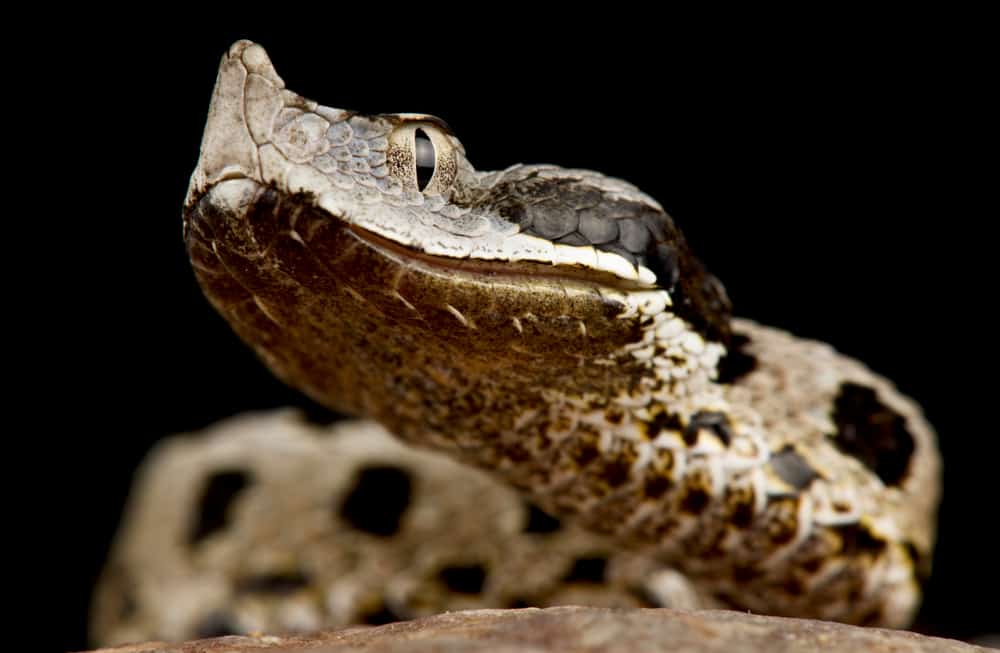
The Lataste’s Viper (Vipera latastei gaditana) is found in woodlands, coastal dunes, and dry scrublands.
©reptiles4all/Shutterstock.com
Spain’s hot and dry climate is home to several venomous snakes and spiders.
- Lataste’s Viper – Found within the rocky outcrops of dry scrublands, woodlands, and coastal dunes, Lataste’s viper (also called the snub-nosed viper) can camouflage itself quite well. When it strikes, the snake delivers a powerful venom that may result in pain, swelling, discoloration, and tissue death. The young, elderly, and allergic are most at risk of severe symptoms.
- Seoane’s Viper – Found all over the northwest of Spain, this large venomous snake goes by several other names, including the Baskian viper, the Iberian cross adder, and the Portuguese viper. It can be identified by the brown zigzag or twin-striped pattern on its body.
- Asp Viper – A native of northern Spain near the Pyrenees Mountains, the asp viper delivers a very toxic bite that can cause pain and tissue death. The venom may prove fatal in rare cases.
Lataste’s Viper is endemic to the Iberian Peninsula and belongs to the family Viperidae. This viper has an average lifespan of up to 10 years and lengths near 3 feet and is a rare species of venomous snake. Its triangular head, with the horn-tipped nose, is generally gray in color, with a zig-zag pattern on its back, and its tail is yellow. The yellow of its tail is believed to be used to lure prey. The Lataste viper is currently listed as near threatened and is a protected species.
Endangered Animals In Spain
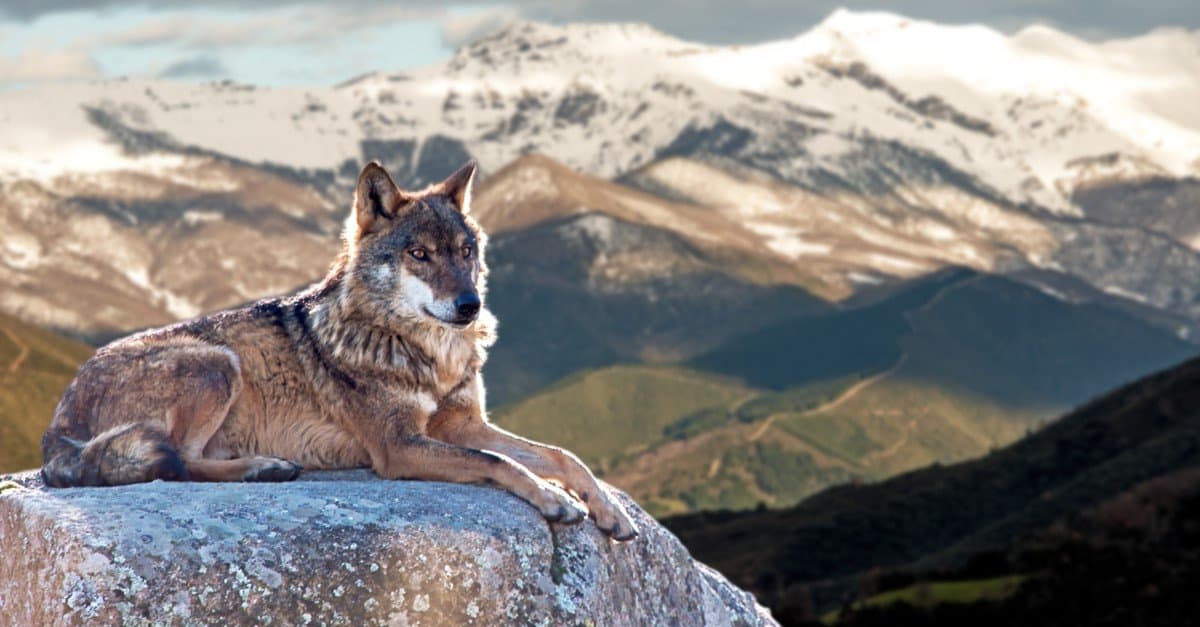
An Iberian wolf was once widespread throughout Europe but is now mostly in northwest Spain.
©carlosobriganti/Shutterstock.com
While Spain extends protection to its diverse wildlife, dozens of endangered and vulnerable species could become extinct without proper protection.
- Iberian Lynx – This unique wild cat was once widespread across southwestern Europe, but it has become endangered from habitat loss, overhunting, disease, and the decline of its natural prey. The lynx is now largely restricted to only a few smaller populations in southern Spain.
- Mediterranean Monk Seal – The monk seal was once widespread throughout the entire Mediterranean, but overhunting and accidental entanglement in fishing nets have put it at risk of becoming extinct. Less than 700 of them currently remain in the wild.
- European Rabbit – The famous European rabbit was originally native to southwest Europe. Later introduced all over the world, it is considered an invasive species because of the damage it does to local biodiversity. But in its original habitat, this species has been threatened by habitat loss, pollution, disease, and overhunting. It is classified as endangered by the IUCN Red List.
- Iberian Wolf – This subspecies of the grey wolf was once widespread across Europe, but after decades of human persecution, it’s now mostly restricted to northwest Spain.
- Balearic Shearwater – This long-winged migratory sea bird constructs a nest on the coastal cliff of the Balearic Islands in order to breed. It then travels out to sea for the winter season. However, the destruction of its natural nesting sites from coastal development and the threat posed by introduced predators have put this species in danger of becoming extinct.
The Iberian wolf used to be found widespread throughout the Iberian Peninsula and is currently a protected species south of the Duero river where their populations are smaller and more fragile. Their numbers were reduced due to hunting in the early 20th century and currently, they have a population closer to 2800, in part to the protective measures taken by Spain. The Iberian wolf population has been increasing steadily in recent years.
Rarest Animals In Spain
The Iberian Lnyx is not only endangered but is also one of the rarest animals you will find in Spain. It is considered one of the rarest animals in the world today. There is currently an estimated population of 600 that are living in the wild between Castile-la Mancha and Andalusia. This cat is relatively isolated from the human population as they live in the Mediterranean forests and scrublands, and due to increased protection, its numbers have shown signs of improvement.
The Mediterranean Monk seal is one of the rarest pinniped species in the world. It is estimated that there are only between 600 to 700 currently surviving and is one of the most endangered marine mammals. This seal ranges in color from light gray to black to dark brown. The females can weigh between 530 to 880 pounds while the males can weigh up to 710 pounds. Their heights average to 7.9 feet with the females only being slightly shorter than the males. They like to seek refuge in caves and live on sandy beaches and shorelines.
Largest Animals In Spain
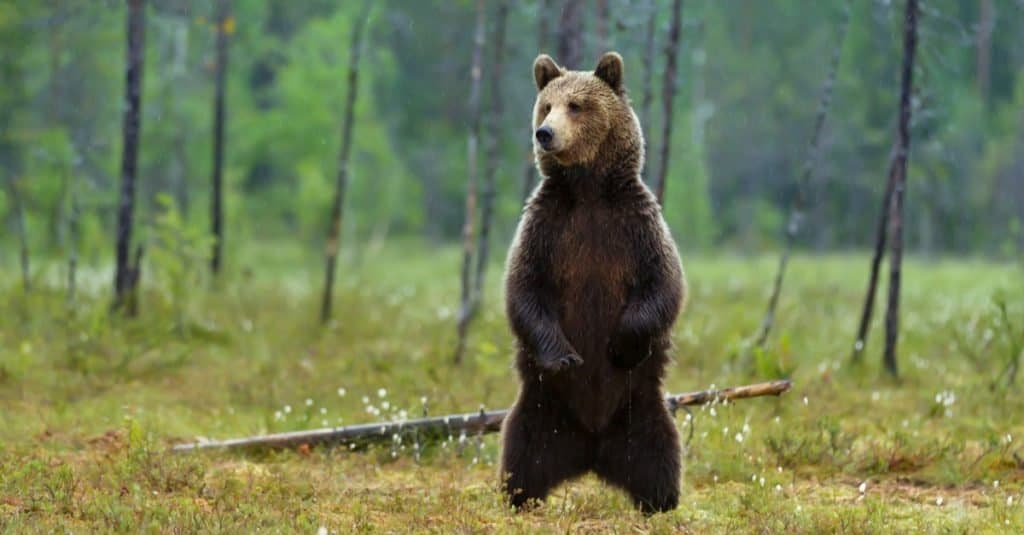
The Cantabrian bear is a population of the Eurasian
brown bear
. The brown bear is the largest predator still living on the continent of Europe.
©Giedriius/Shutterstock.com
The Cantabrian brown bear is one of the many large animals native to Spain that is also in danger of becoming extinct. There are currently two different subpopulations of this species – the eastern, with around 40 bears, and the western, with around 200 bears. They live in the Cantabrian mountains in Northern Spain and as they are generally very timid and shy, are rarely seen by humans.
This brown bear can grow over 7 feet tall, has a weight of up to 440 pounds, and may live up to 30 years in the wild. They are currently under protection as they work to get their numbers up, to avoid what happened to another once-large bear, the Spanish Pyrean bear, who became extinct in 2010.
Native Trees In Spain
Spain’s varied climate and landscape host a wide variety of stunning trees. Known to have more than 17,804 million trees and the most extensive range of plant species in Europe, experts estimate 284 million trees grow yearly in Spain! Evergreen and native to the Mediterranean, Holm oaks are fairly large oak trees. ©FaRifo/Shutterstock.com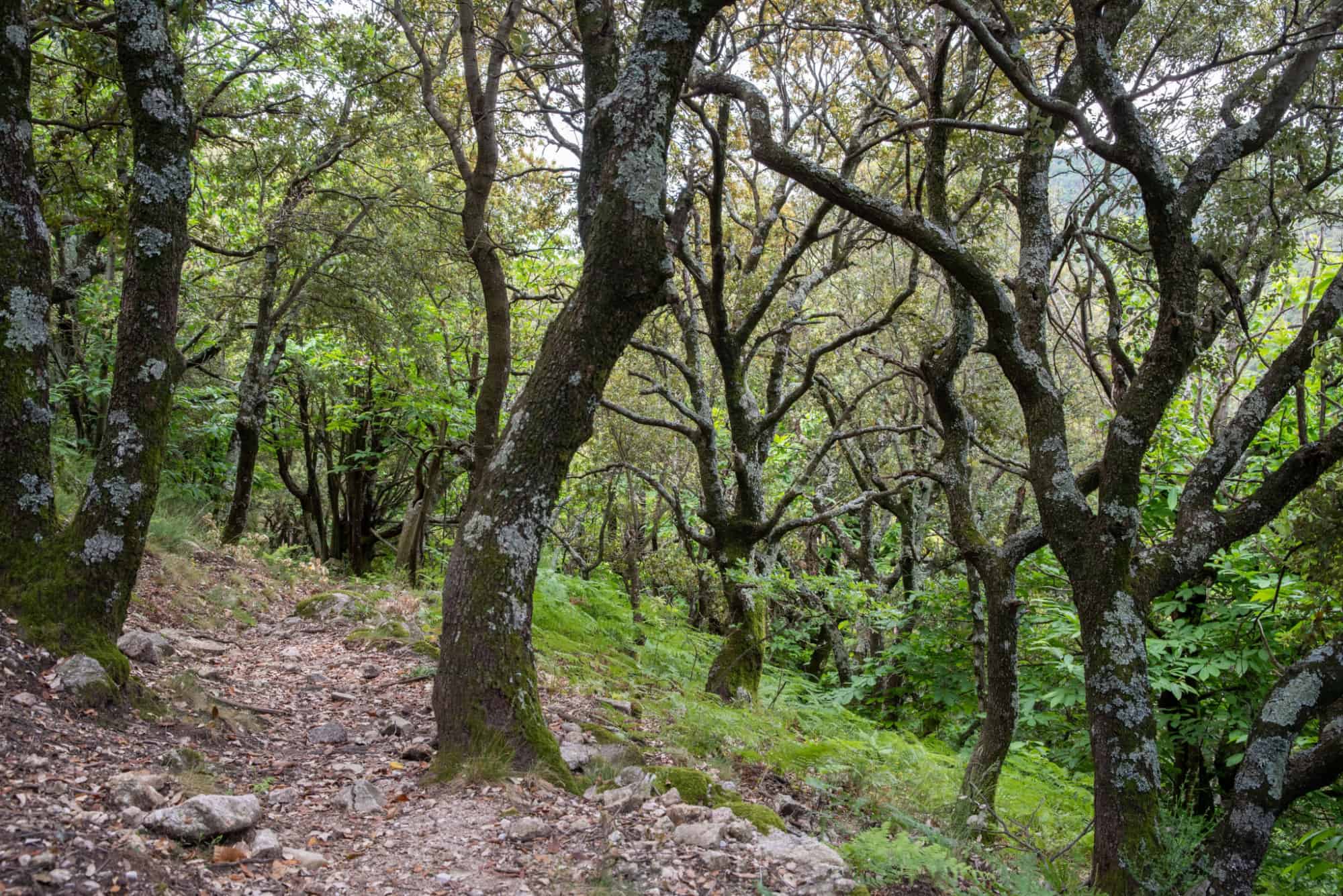
The Holm oak tree originated in the Mediterranean and is commonly found in Spain. They are often planted in coastal areas because they are resistant to salt spray coming off of the sea. They grow from 40 to 70 feet tall and can live up to 400 years. The biggest and most well-known Holm oak is in western Spain. It is over 800 years old, over 54 feet tall, and is located in the village of Zarza de Montánchez in Caceres.
In ancient times, the leaves of the Holm oak were used to predict the future and for making crowns. The acorns were a symbol of fertility and people would wear them as jewelry.
Spanish Animals
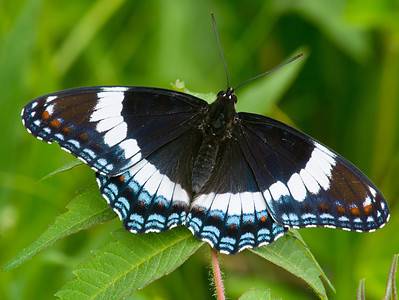
Admiral Butterfly
Stunningly beautiful wings
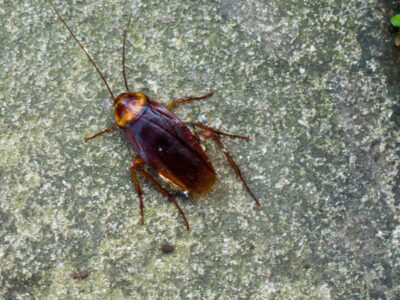
American Cockroach
Despite its name, actually originated from Africa and the Middle East

Ant
First evolved 100 million years ago!

Armyworm
They are so named because they "march" in armies of worms from one crop to another in search of food
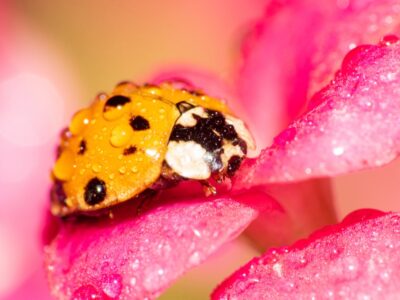
Asian Lady Beetle
Asian lady beetles infest indoor spaces, but they do not reproduce indoors.
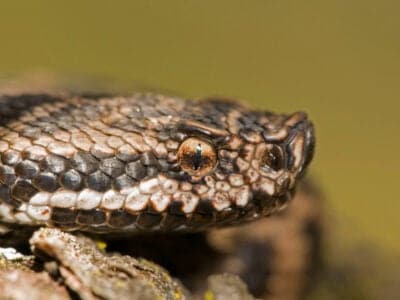
Asp
It was the symbol of royalty in Egypt, and its bite was used for the execution of criminals in Greco-Roman times.
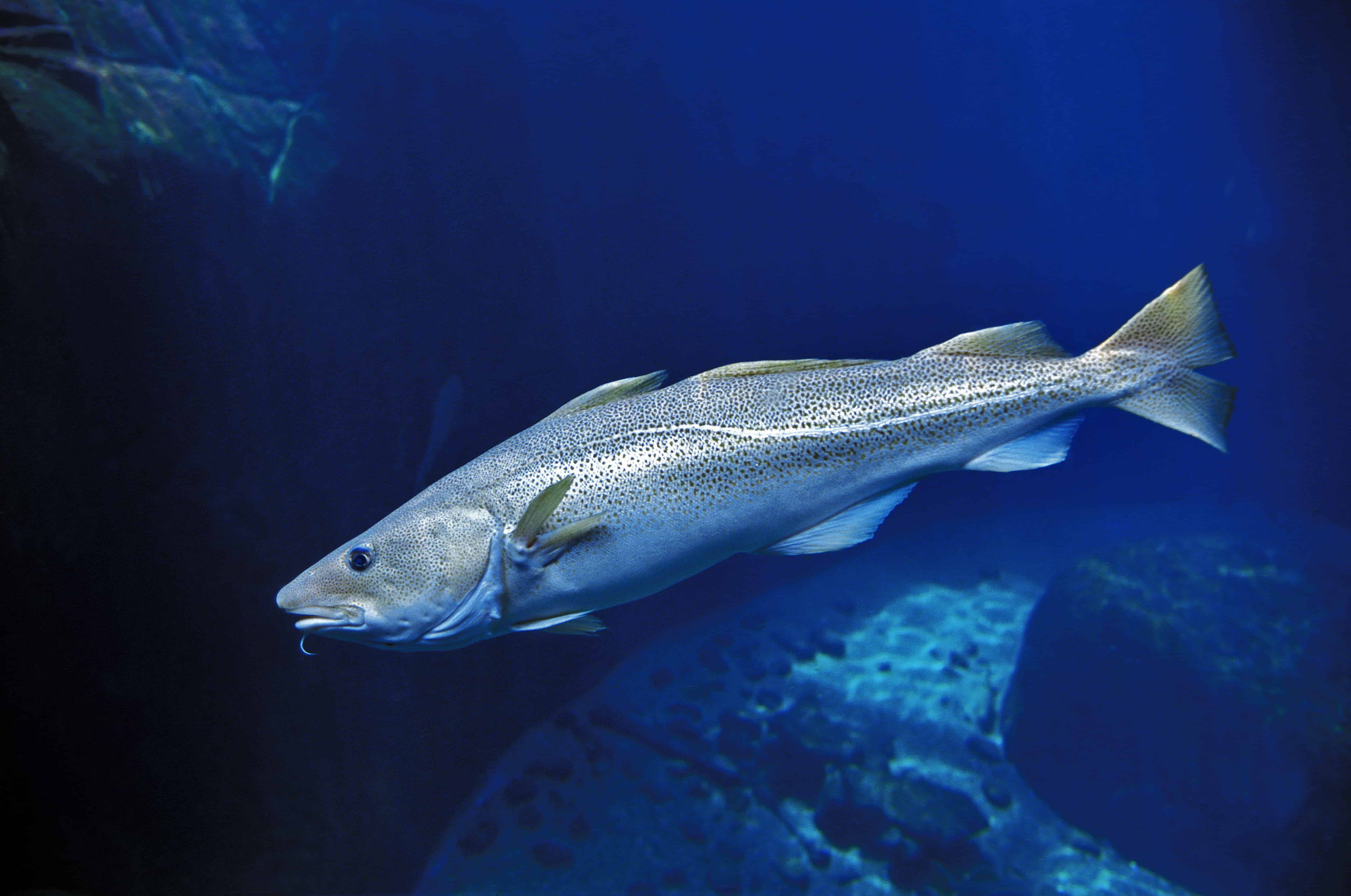
Atlantic Cod
One of the most popular food fishes in the world
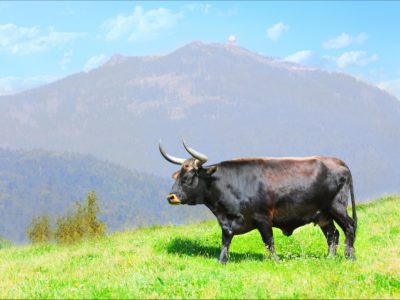
Aurochs
Extinct ancestor of all domesticated cattle!
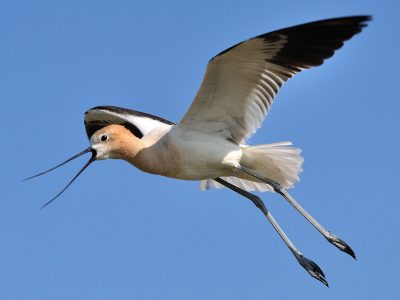
Avocet
Has a curved, upturned beak!
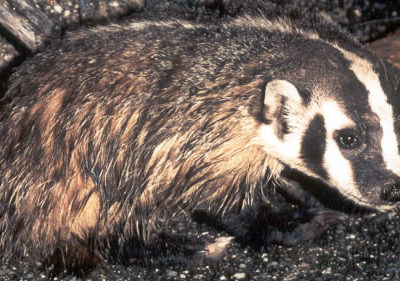
Badger
Can reach speeds of 30 km/h!

Barn Owl
Found everywhere around the world!

Barn Swallow
Older offspring help care for new hatchlings.

Bat
Detects prey using echolocation!

Bed Bugs
Bed bugs feed for 4-12 minutes.

Bee
Rock paintings of bees date back 15,000 years

Beetle
There are more than 350,000 different species
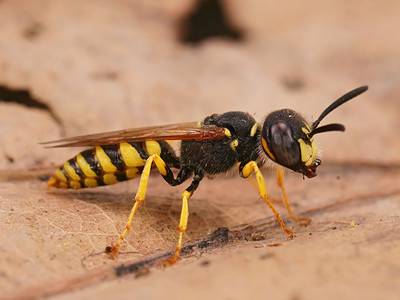
Beewolf wasp
They hunt bees

Bird
Not all birds are able to fly!

Biscuit Beetle
The biscuit beetle form a symbiotic relationship with yeast

Black Widow Spider
They typically prey on insects!
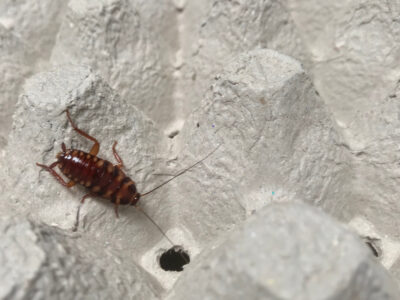
Brown-banded Cockroach
Females glue egg cases to furniture
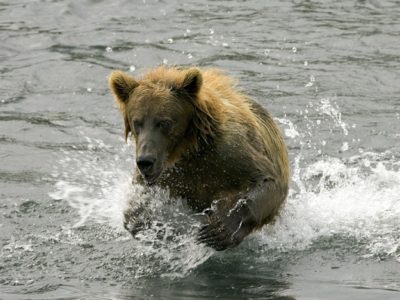
Brown Bear
A dominant predator in it's environment!

Brown Dog Tick
Can live its entire life indoors
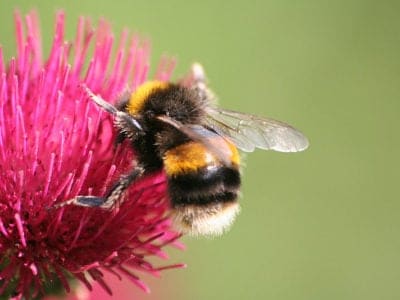
Bumblebee
The most common species of bee!

Butterfly
There are thought to be up 17,500 species!

Camel Cricket
The camel crickets that are found in the USA are light brown in color. They also have dark streaks all over their body.

Carpenter Ant
Carpenter ants can lift up to seven times their own weight with their teeth!

Cat
May have been domesticated up to 10,000 years ago.

Catalan Sheepdog
This breed is called the Gos d’Atura Catala in native Catalan and Pastor Catalan in Spanish, both of which roughly translate to mean Catalan Sheepdog

Caterpillar
The larvae of a moth or butterfly!

Catfish
There are nearly 3,000 different species!
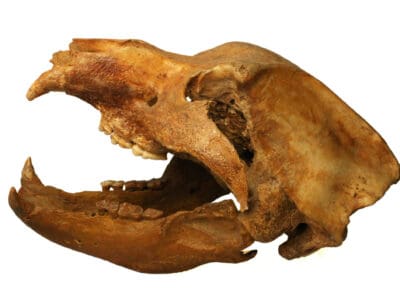
Cave Bear
Cave bears may have been worshiped by primitive humans.
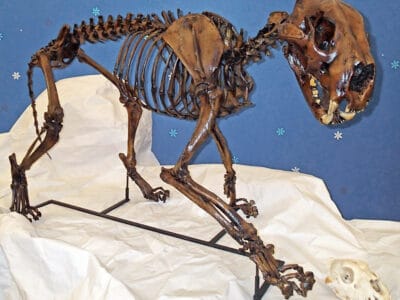
Cave Lion
Unlike modern lions, cave lions didn't have a significant mane.

Centipede
There are about 3,000 documented species!
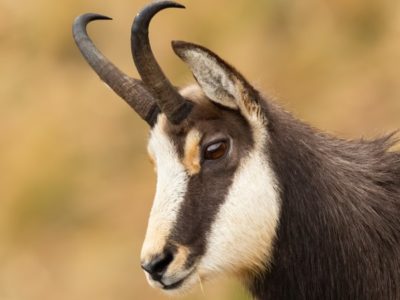
Chamois
Natively found in the European mountains!

Chicken
First domesticated more than 10,000 years ago!
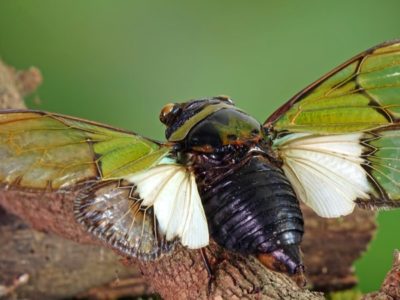
Cicada
Cicadas have one of the longest insect lifespans
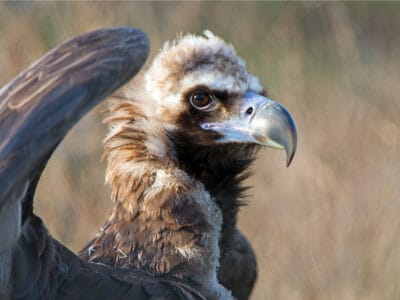
Cinereous Vulture
This vulture can fly at great heights. At least one was found a few thousand feet from the top of Mount Everest.

Cockalier
The Cockalier has very strong hunting ancestry.

Cockroach
Dated to be around 300 million years old!

Codling Moth
Pupae are able to undergo diapause to survive poor fruit yield years and winter.
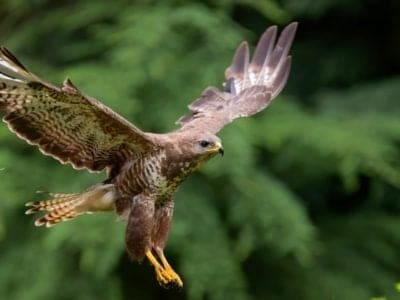
Common Buzzard
The most common raptor in the UK!
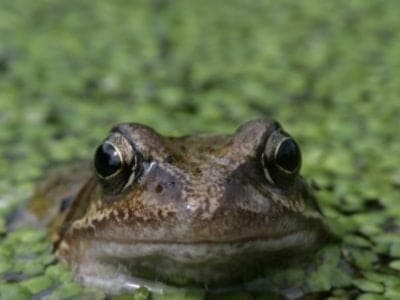
Common Frog
Found throughout the European continent!

Common Furniture Beetle
The common furniture beetle feeds exclusively on wood

Common House Spider
House spiders have the ability to eat most insects in a home.
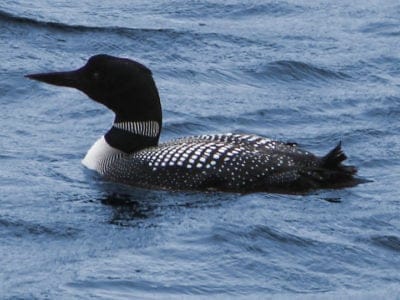
Common Loon
Also known as the Great Northern Diver

Common Raven
A group of ravens is called an unkindness or a conspiracy.
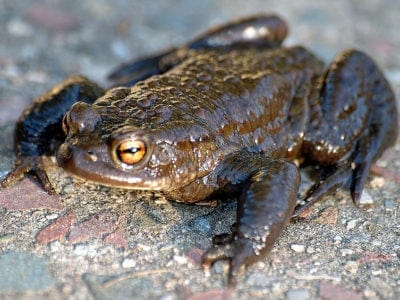
Common Toad
Most active in wet weather!

Cormorant
They can fly 35 mph and dive 150 feet below water.

Cow
There are nearly 1.5 billion worldwide!

Crab
There are 93 different crab groups

Crab Spider
Crab Spiders can mimic ants or bird droppings
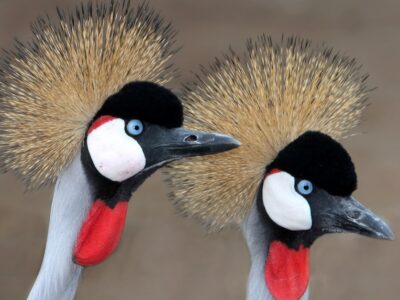
Crane
Many are critically endangered species!

Cricket
Male crickets can produce sounds by rubbing their wings together

Crow
A group of these birds is called a Murder.
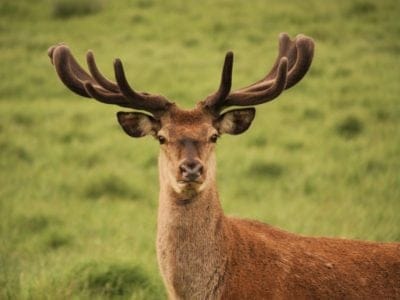
Deer
There are around 40 different species!
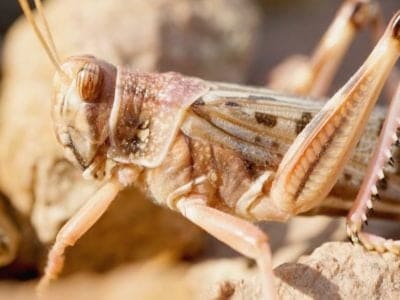
Desert Locust
Solitary locusts are grey while gregarious locusts are yellow with stripes.
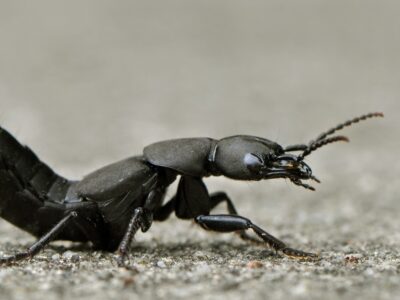
Devil’s Coach Horse Beetle
The Devil’s coach horse beetle can emit a noxious substance to deter predators

Dog
First domesticated in South-East Asia!

Dog Tick
Dog ticks feed on dogs and other mammals

Donkey
First domesticated 5,000 years ago!

Dragonfly
It's larvae are carnivorous!

Duck
Rows of tiny plates line their teeth!

Dung Beetle
The dung beetle can push objects many times its own weight
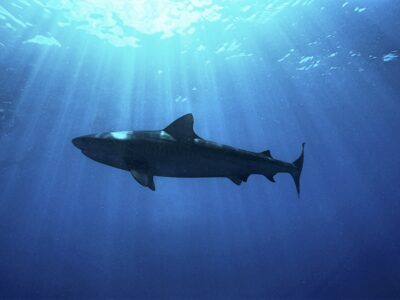
Dusky Shark
The Dusky Shark sometimes eats trash discarded by humans.
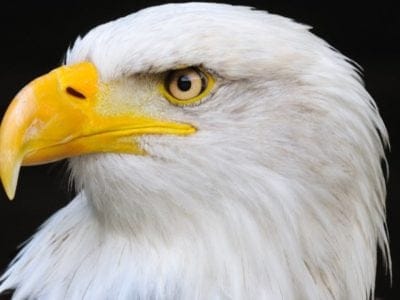
Eagle
Has exceptional eyesight!

Earthworm
They are hermaphrodites, which means they have male and female organs

Earwig
There are nearly 2,000 different species!
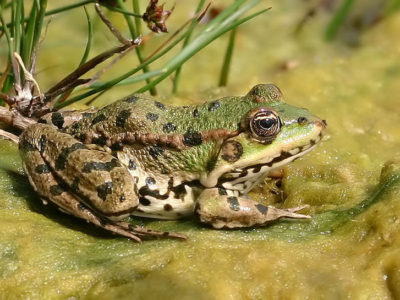
Edible Frog
Are known to guard the muddy banks!

Eel
Eels can be a mere few inches long to 13 feet!
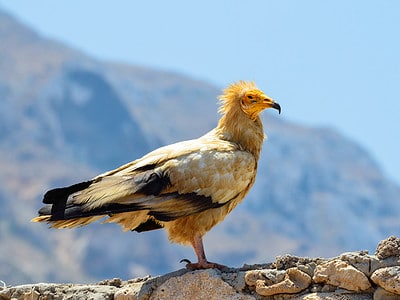
Egyptian Vulture
They steal large ostrich eggs and use rocks and pebbles to crack the shells.
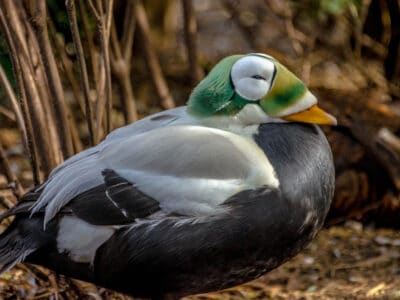
Eider
Eiders are sexually dimorphic, with males being larger and more colorful.
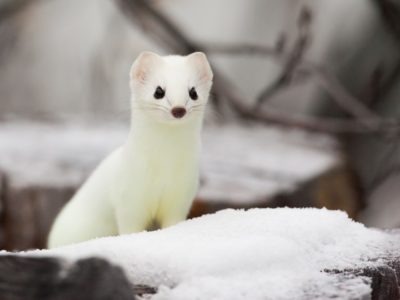
Ermine
A very bold and ferocious predator!
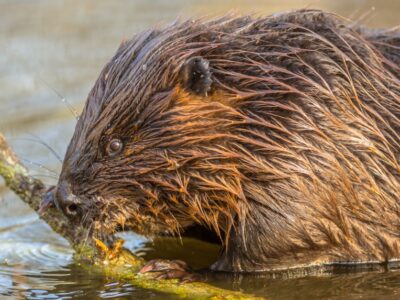
Eurasian Beaver
Eats 20% of its weight daily!
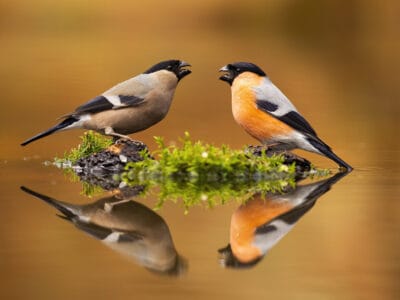
Eurasian Bullfinch
The shy eurasian bullfinch prefers to forage very close to cover.
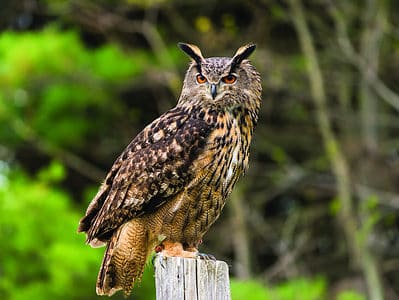
Eurasian Eagle-owl
The Eurasian Eagle-owl is the second largest owl in the world with a wingspan up to six feet!
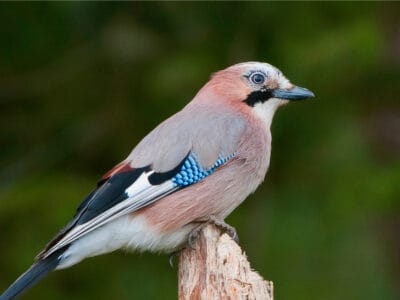
Eurasian Jay
The Eurasian jay has the ability to mimic other sounds
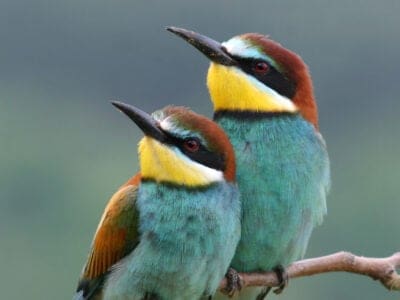
European Bee-Eater
They can eat up to 250 bees per day!
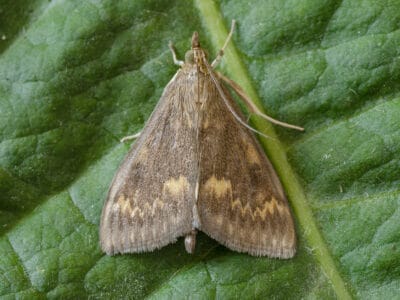
European Corn Borer
Female can lay up to 600 eggs in her 14-day lifespan
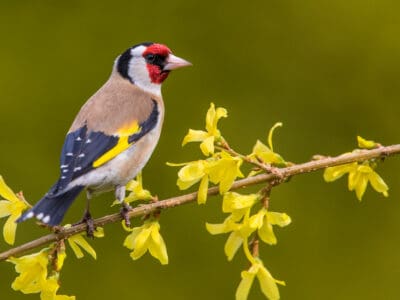
European Goldfinch
They are frequent visitors to backyard feeders, especially those containing niger seeds.
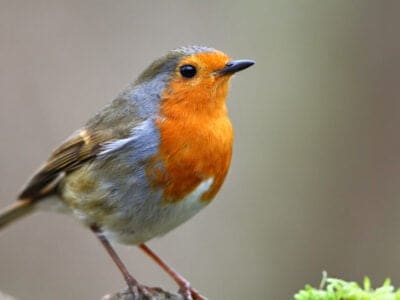
European Robin
Male robins are so aggressive and territorial that they will attack their own reflections.
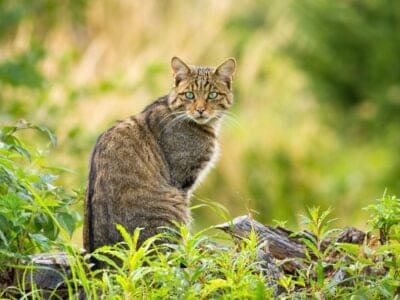
European Wildcat
A group of wild cats is called a destruction

Falcon
The fastest creatures on the planet!
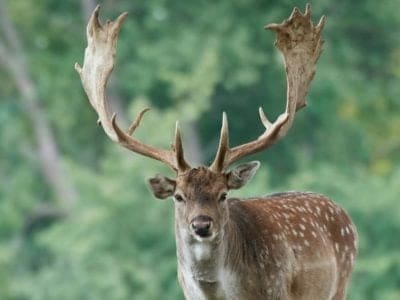
Fallow deer
The fallow deer has more variation in its coat colors than most other deer.

False Widow Spider
False spiders actually prey on black widow spiders and other hazardous spiders
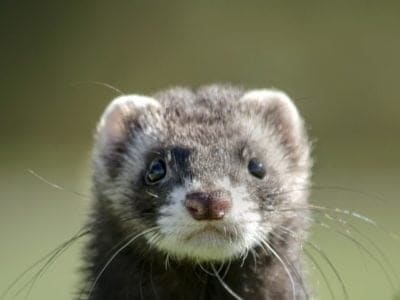
Ferret
Ferrets can be trained to do tricks like dogs!
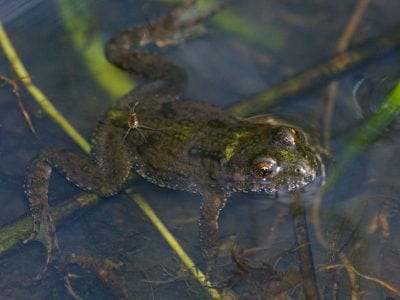
Fire-Bellied Toad
Found across mainland Europe and Asia!
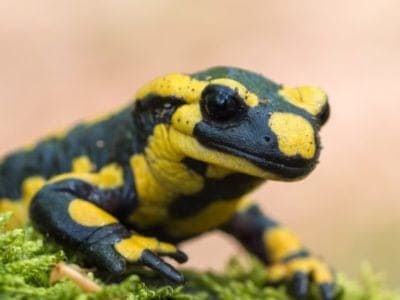
Fire Salamander
Its name comes from the fact that people once believed it was born in fire

Firefly
The firefly produces some of the most efficient light in the world
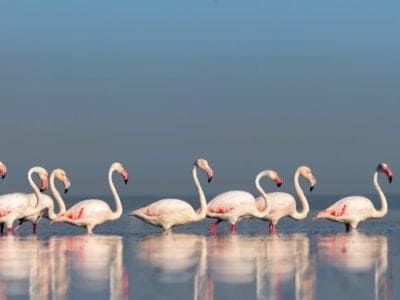
Flamingo
Sleeps on just one leg!

Flea
Adult fleas can jump up to 7 inches in the air
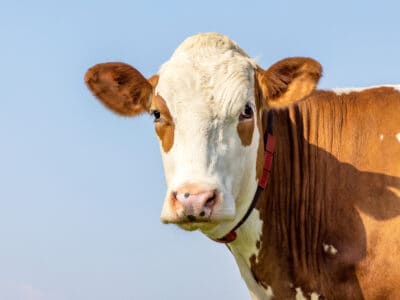
Fleckvieh Cattle
Besides being bred for milk and meat, these cattle were also used as draft oxen.

Fly
There are more than 240,000 different species!
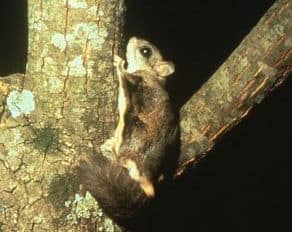
Flying Squirrel
Can glide up to 90 meters!
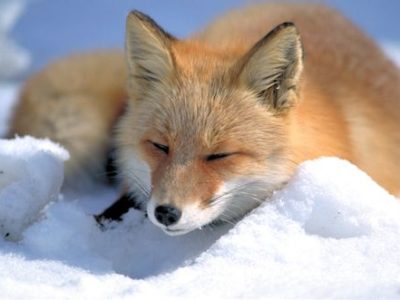
Fox
Only 12 species are considered "true foxes"

Frog
There are around 7,000 different species!

Fruit Fly
Fruit flies are among the most common research animals in the world
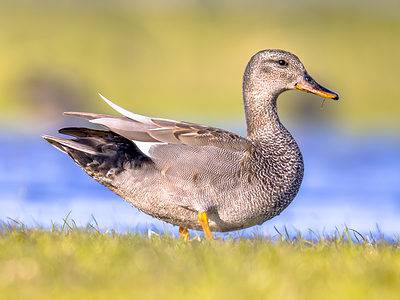
Gadwall
They make many sounds when trying to attract a mate.
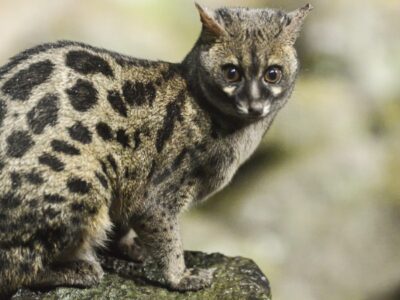
Genet
The Genet has retractable claws like a cat

German Cockroach
The most common type of urban roach
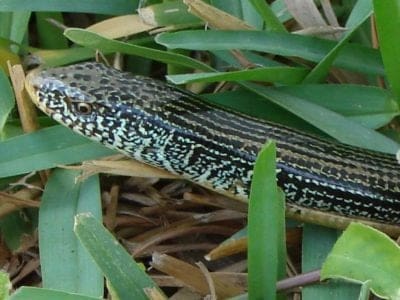
Glass Lizard
Can grow up to 4ft long!

Glowworm
Found inhabiting dense woodland and caves!

Gnat
Males form large mating swarms at dusk
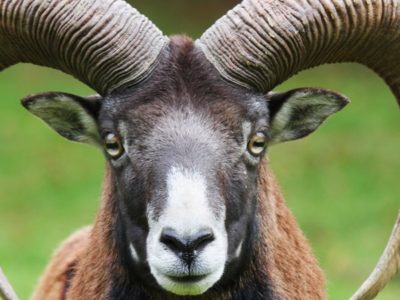
Goat
Most closely related to the Sheep!
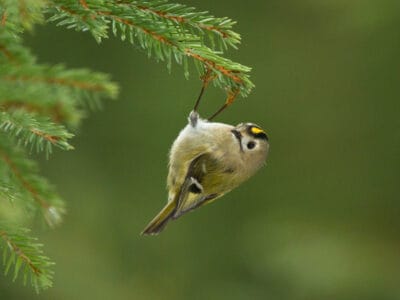
Goldcrest
The goldcrest never starts moving and needs to consume for most of the day to survive. Therefore, in the colder months, it's best that eat 90% a day.
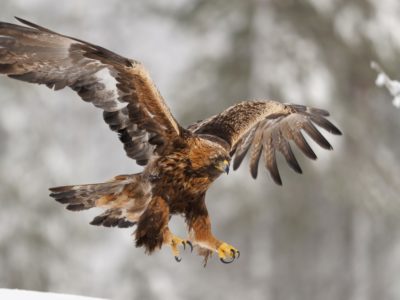
Golden Eagle
Their calls sound like high-pitched screams, but they are quiet most of the time.
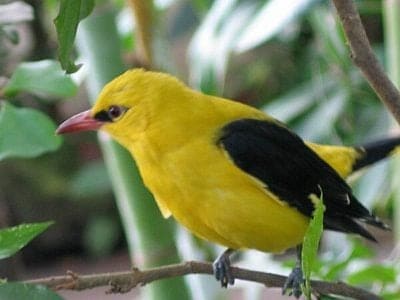
Golden Oriole
Migrates between Europe and Asia!
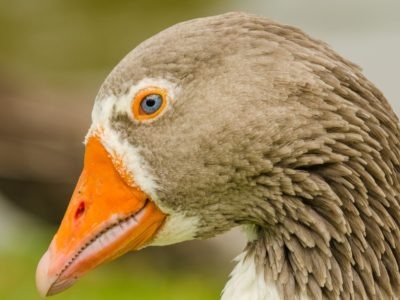
Goose
There are 29 different species!

Grasshopper
There are 11,000 known species!
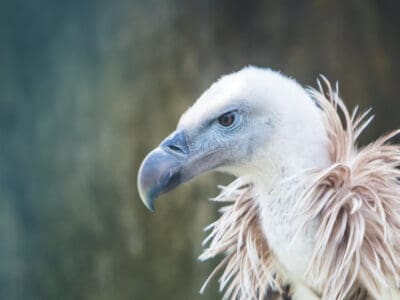
Griffon Vulture
Can spot a dead animal from thousands of feet away

Gypsy Moth
One of the most invasive species in the world

Hamster
Able to run as quickly backwards as forwards!

Harbor Porpoise
Surprisingly, not a dolphin!

Hare
Can reach speeds of over 50 mph!

Hawk Moth Caterpillar
Many hawk moth caterpillars eat toxins from plants, but don’t sequester them the way milkweed butterflies do. Most toxins are excreted.
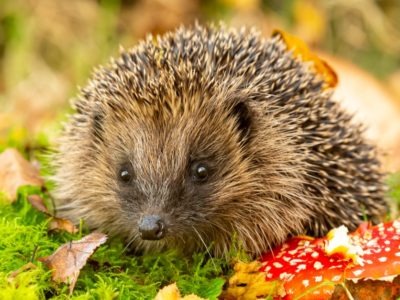
Hedgehog
Thought to be one of the oldest mammals on Earth!

Heron
Inhabits wetlands around the world!
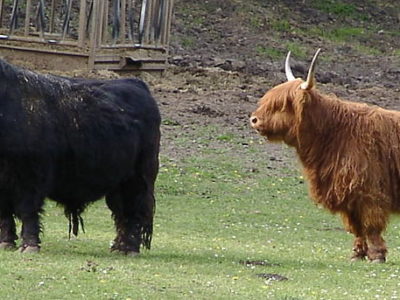
Highland Cattle
Natively found in the Scottish Highlands!

Honey Bee
There are only 8 recognized species!
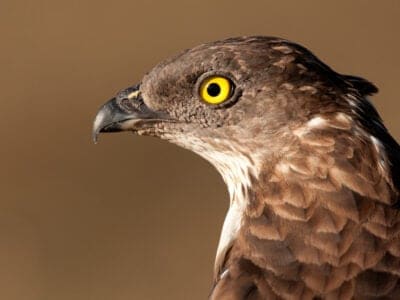
Honey Buzzard
Honey buzzards are medium-sized raptors that earned their names by raiding the nests of bees and wasps.
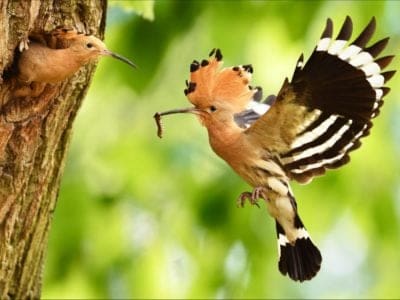
Hoopoe
Stunning bird with a stinky way to deter predators!

Horse
Has evolved over 50 million years!

Horsefly
Horseflies have been seen performing Immelmann turns, much like fighter jets.

Housefly
The fly has no teeth

Human
Thought to have orignated 200,000 years ago!

Huntsman Spider
Some huntsman spiders have an interesting way of moving around. Some cartwheel while others do handsprings or backflips.
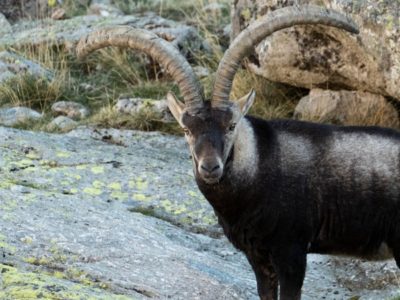
Ibex
Can jump over 6 feet straight up from a standstill

Ibizan Hound
Intelligent, active and engaging by nature!

Insects
There are an estimated 30 million species!
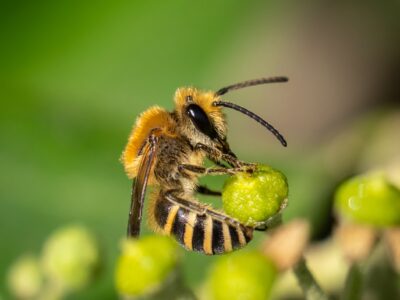
Ivy Bee
N/A
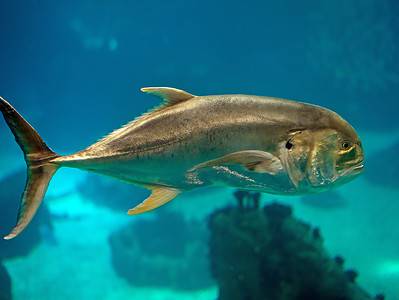
Jack Crevalle
One of the biggest species in the Caranx genus
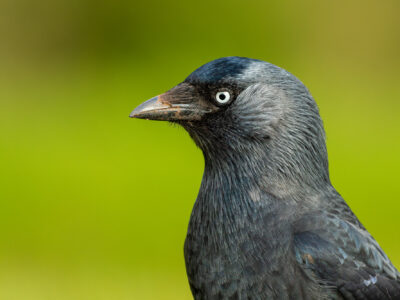
Jackdaw
The jackdaw tends to mate for life with a single partner

Jumping Spider
Some can jump 50 times the length of their bodies
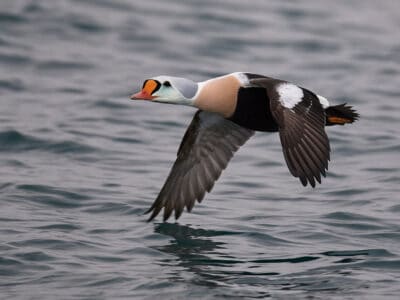
King Eider
The species name, spectabilis, is Latin for “showy” or “remarkable,” referencing the attractiveness of the adult male’s plumage.

Kingfisher
Inhabits wetlands and woodlands worldwide!

Ladybug
There are more than 5,000 species worldwide!
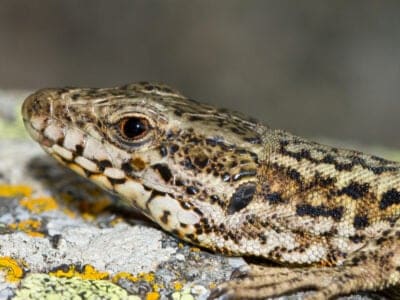
Lazarus Lizard
Lazarus Lizards can communicate through chemical and visual signals.

Leech
Has 10 pairs of eyes!
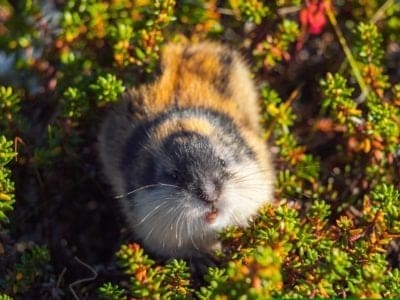
Lemming
Does not hibernate during the bitter Arctic winter!
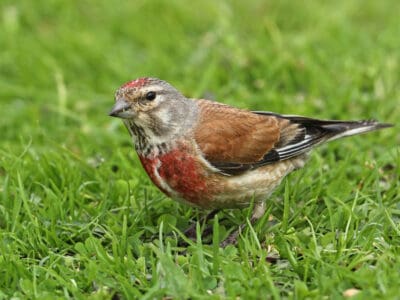
Linnet
While linnets are monogamous during mating season, they do not mate for life. While breeding pairs are together, the males are highly territorial and will defend the nesting site and the surrounding area.

Lizard
There are around 5,000 different species!

Locust
Each locust can eat its weight in plants each day.
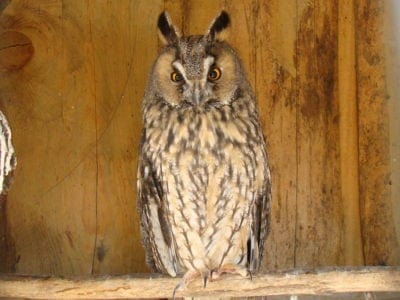
Long-Eared Owl
Ear tufts make it look bigger!
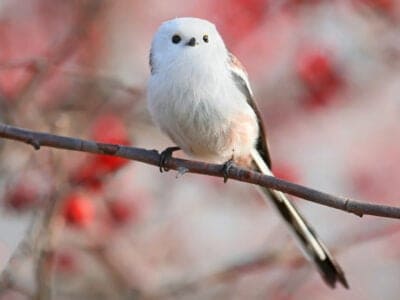
Long-Tailed Tit
Often hangs upside down while feeding!
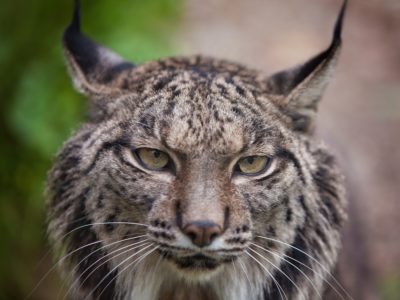
Lynx
Live in dens in rocks and under ledges!
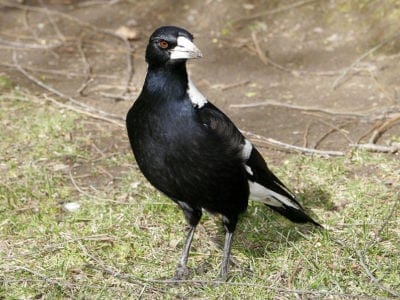
Magpie
They are found across Europe, Asia and Africa!
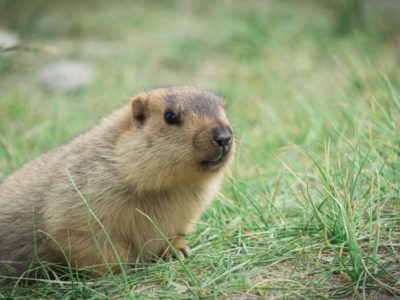
Marmot
A marmot spends 80% of its life below ground
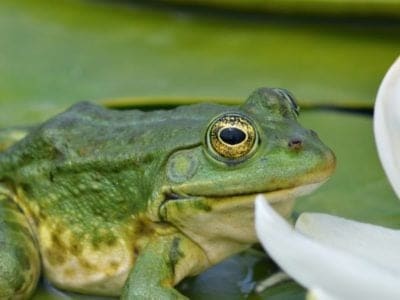
Marsh Frog
Has bright green skin!

Mayfly
There are 2,500 known species worldwide!

Mealybug
They have a symbiotic relationship with ants.

Millipede
Some species have a poisonous bite!

Mole
Primarily hunts and feeds on Earthworms!
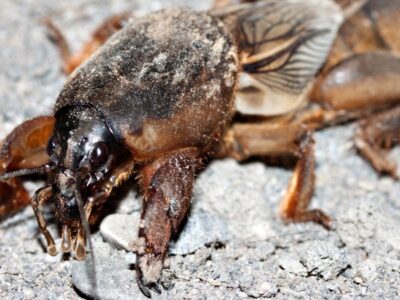
Mole Cricket
Adult Mole crickets may fly as far as 5 miles during mating season and are active most of the year.
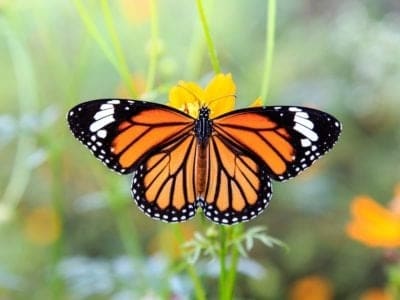
Monarch Butterfly
During migration, Monarch Butterflies may travel 250 or more miles each day.

Mongrel
Has characteristics of two or more breeds!

Moorhen
Feeds on aquatic insects and water-spiders!

Mosquito
Only the female mosquito actually sucks blood

Moth
There are 250,000 different species!

Mouse
Found on every continent on Earth!

Mule
The offspring of a horse and donkey parents!
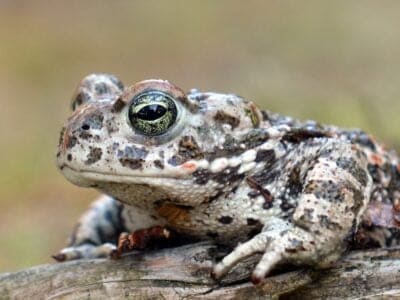
Natterjack
Can lay up to 7500 eggs

Neanderthal
Roamed Asia and Europe for around 100,000 years!

Nematode
Nematodes range in size from 1/10 of an inch to 28 feet long
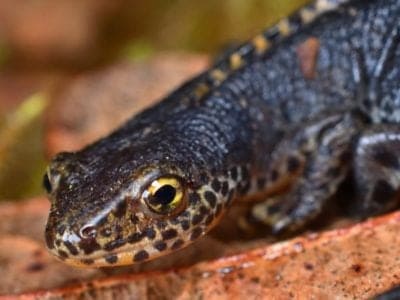
Newt
Able to regrow lost or damaged limbs!
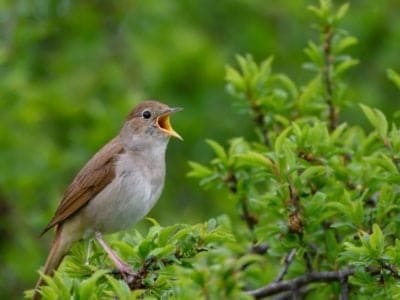
Nightingale
Named more than 1,000 years ago!

No See Ums
There are more than 5,000 species.
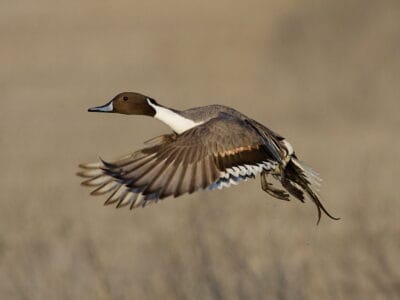
Northern Pintail
Northern pintails migrate at night with speeds reaching 48 miles per hour!
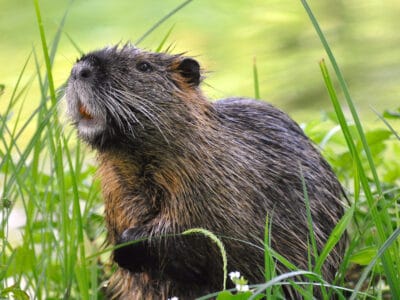
Nutria
An invasive species, one female nutria can birth up to 200 babies in just a few years of living!
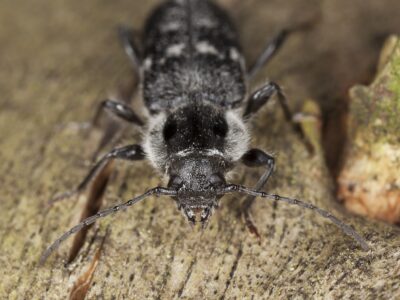
Old House Borer
Depending on the habitat and climate, these beetles can live between 2 to 10 years, often staying in their larval stage for several years, making them extremely dangerous to wooden structures.

Orb Weaver
Females are about four times the size of males
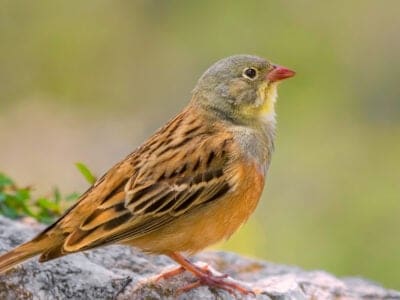
Ortolan Bunting
The tradition of hiding your face with a napkin or towel while eating this bird was begun by a priest who was a friend of the great French gastronome Jean Anthelme Brillat-Savarin.

Osprey
They reuse nesting sites for 70 years!

Otter
There are 13 different species worldwide

Owl
The owl can rotate its head some 270 degrees

Papillon
Originally called the Toy Spaniel, the Papillon is one of the oldest breeds in the toy group. They can be found in artwork dating back to the 16th century.
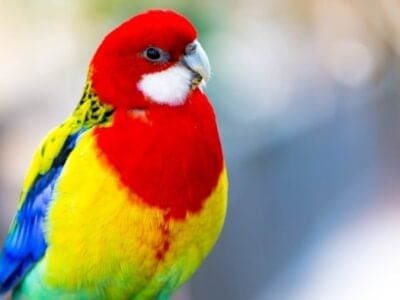
Parakeet
Monk parakeets are the only parakeets that actually build nests. They’re also the only parakeets to nest in great colonies.
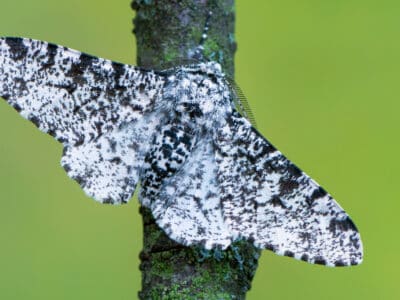
Peppered Moth
Teachers in schools often use the evolution of the peppered moth as a good example of Darwin’s theory of natural selection.

Peregrine Falcon
Fastest animal on Earth

Perro De Presa Canario
The breed has feet like a cat, with rounded toes that are not too close together. His unique feet give him a distinctive, long, elastic stride.

Pheasant
Females lay between 8 and 12 eggs per clutch!
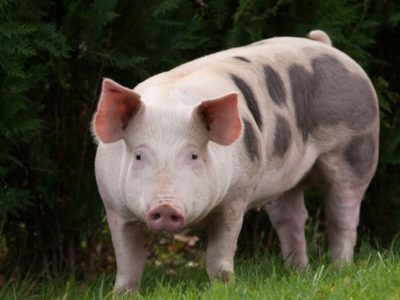
Pig
Thought to have been domesticated in 9,000 BC!

Pigeon
They can find their way back to their nests from up to 1300 miles away.
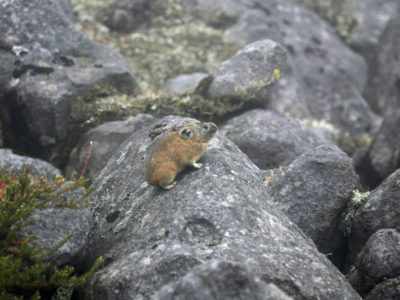
Pika
Found in mountainous regions and rocky areas
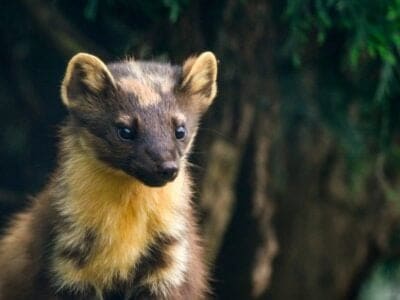
Pine Marten
A pine marten can jump from tree to tree similar to a squirrel.

Podenco Canario
It has a peculiar bark that locals refer to as "the song of the rabbit".
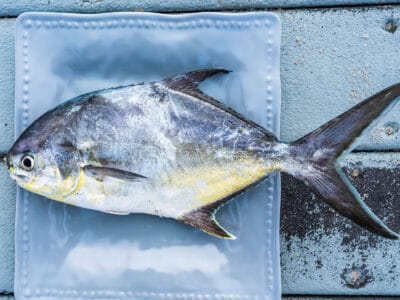
Pompano Fish
They are bottom-feeders
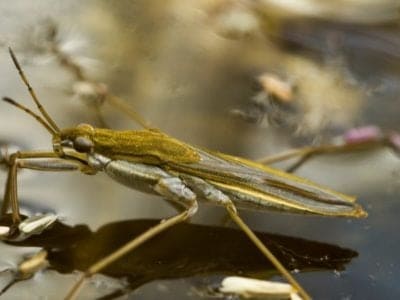
Pond Skater
There are 500 different species!
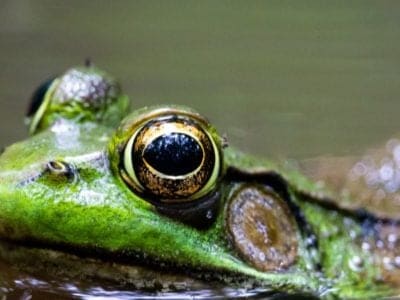
Pool Frog
The rarest amphibian in the UK!
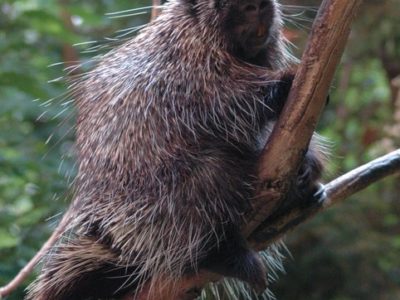
Porcupine
There are 30 different species worldwide!
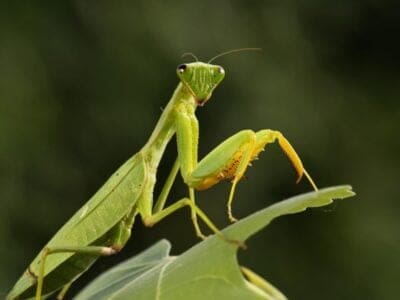
Praying Mantis
The mantis can turn its head 180 degrees.
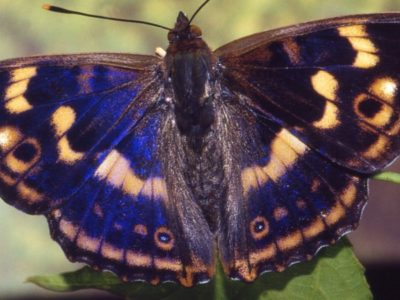
Purple Emperor Butterfly
Inhabits deciduous forests!
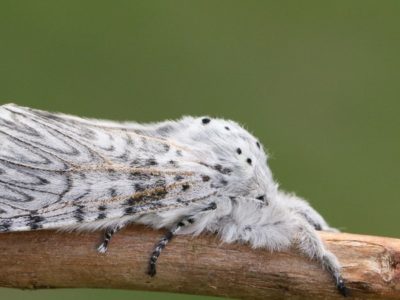
Puss Moth
Caterpillars squirt formic acid!

Quail
Inhabits woodland and forest areas worldwide!
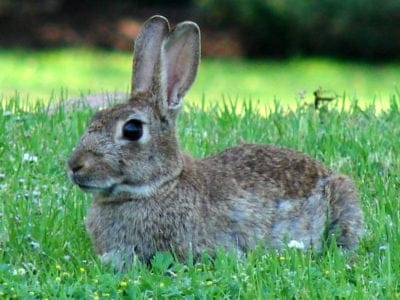
Rabbit
There are more than 300 different species!
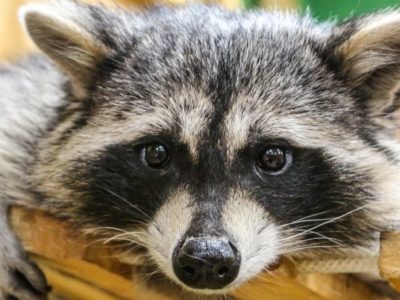
Raccoon
Known to wash their food before eating it!
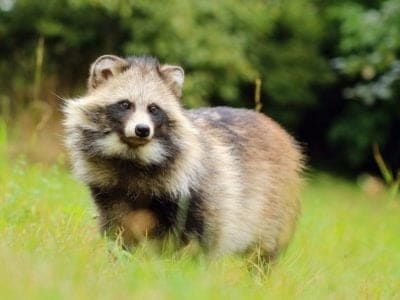
Raccoon Dog
The only hibernating canine!

Rat
Omnivores that eat anything!
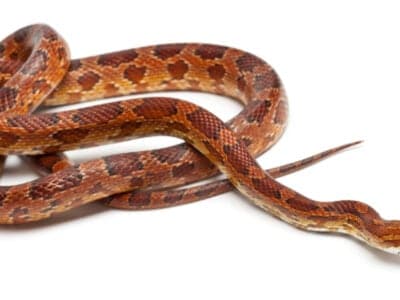
Rat Snakes
Rat snakes are constrictors from the Colubridae family of snakes.

Red Deer
A male red deer shows his age in his antlers, which become longer and more branched every year.
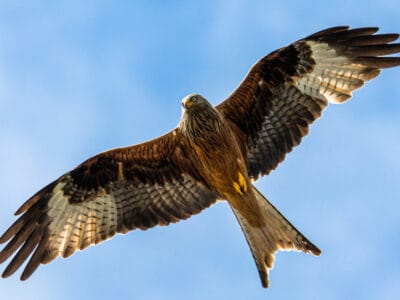
Red Kite
This bird moves its tail to steer its body like a rudder on a boat.
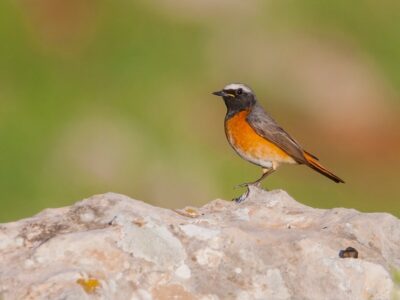
Redstart
They build their nests off the ground in tree holes, cavities, stone walls, and roofs

River Turtle
Inhabits freshwater habitats around the world!

Robin
There are more than 45 species in Australia alone!

Rodents
The capybara, the world’s largest rodent, likes to be in and around bodies of water. Because of this, the Catholic Church in South America decided that it was a fish, and people were allowed to eat it during Lent and First Fridays.
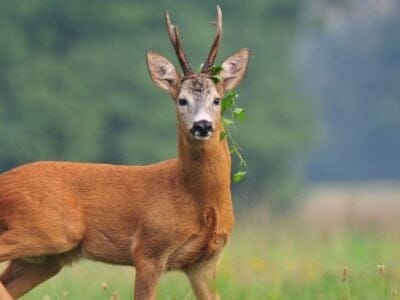
Roe Deer
The roe is one of the most popular game animals in Europe

Rooster
Will mate with the entire flock!
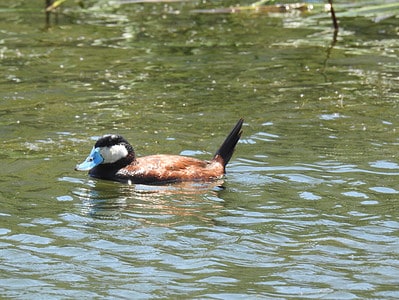
Ruddy Duck
Ruddy duck breeding males have bright blue bills!

Sable Ferret
Ferrets were used during the Revolutionary War to keep down the rat population.
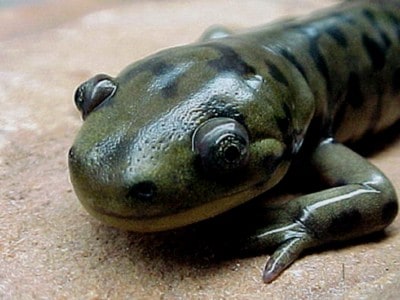
Salamander
There are more than 700 different species!
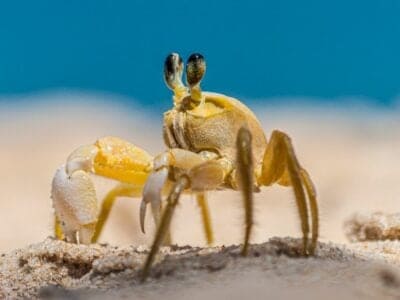
Sand Crab
The sand crab burrows beneath the sand with its tail

Scorpion
There are around 2,000 known species!

Sea Eagle
The sea eagle tends to mate for life with a single partner

Seahorse
Males give birth to up to 1,000 offspring!

Sheep
Around 35 million in the English countryside!
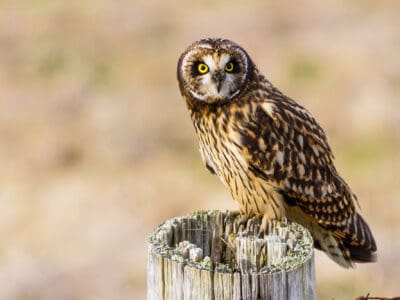
Short-Eared Owl
The short-eared owl is one of the most widespread owl species in the world, covering five continents.

Shrew
The spinal column of the shrew Scutisorex somereni is so strong and reinforced that it can support the weight of an adult human.

Shrimp
There are 2,000 different species worldwide!

Skink Lizard
Some skinks lay eggs in some habitats while giving birth to skinklets in other habitats.
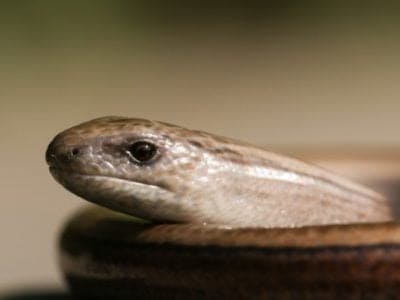
Slow Worm
Found widely throughout British gardens!

Slug
They glide around on one foot, which is aided by the slime they produce

Smokybrown Cockroach
Has up to 45 eggs per egg case

Snail
There are nearly 1,000 different species!

Snake
There are around 4,000 known species worldwide
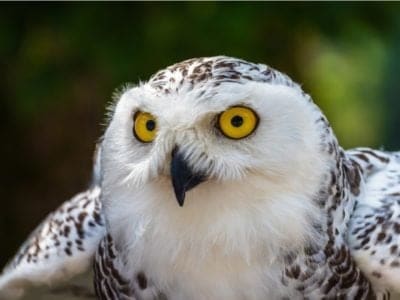
Snowy Owl
One of the largest owl species in the world!
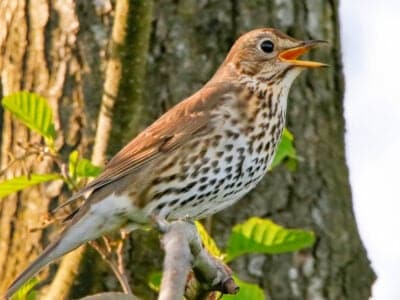
Song Thrush
A male song thrush can have over 100 phrases in his repertoire of songs and can imitate pet birds, telephones and other man-made objects.
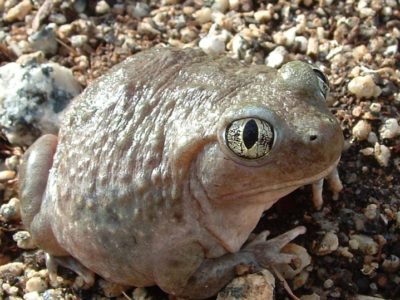
Spadefoot Toad
They spend most of their time underground!
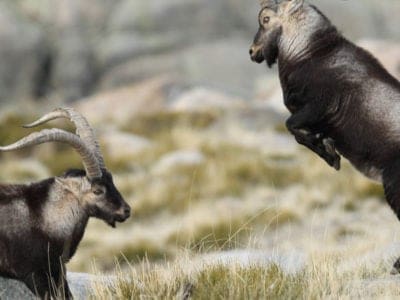
Spanish Goat
They have long, horizontal ears.

Spanish Mastiff
Diego Velázquez’s famous 17th century painting of the Infanta and her dwarves includes a portrait of a Spanish Mastiff.

Spanish Water Dog
Spanish water dogs are popular with fishermen and hunters to retrieve game from the water.

Sparrow
There are 140 different species!

Spider Wasp
They prey on spiders to feed their larvae or they parasitize other spider wasps.
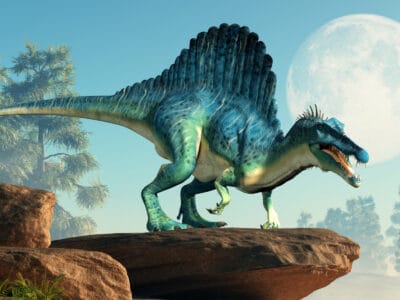
Spinosaurus
The Spinosaurus is the biggest carnivorous dinosaur ever discovered!

Squirrel
Small rodents found in woodlands worldwide!

Stick Insect
There are more than 3,000 different species!
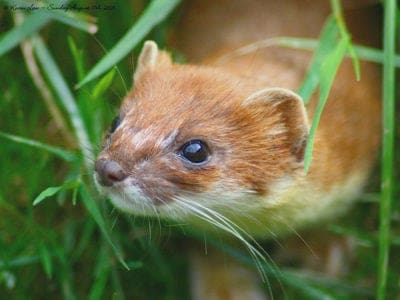
Stoat
Average adults weigh about 200 grams!
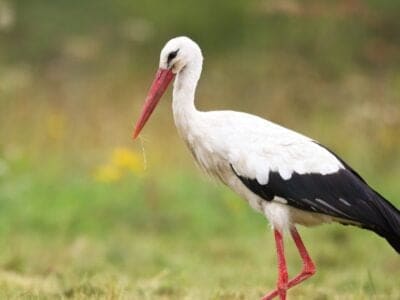
Stork
They can’t sing like other birds.

Swan
Populations have been affected by pollution!
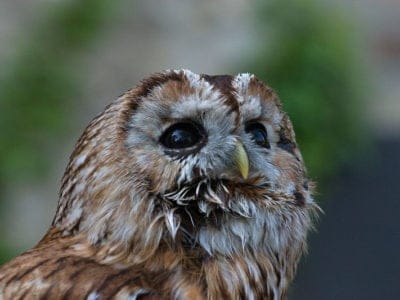
Tawny Owl
The most widespread owl in Europe!

Termite
Their mounds can be up to 9 meters tall!
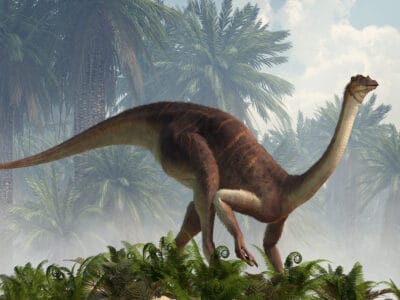
Theropod
Some theropods had feathers and may have been ancestors of modern birds.
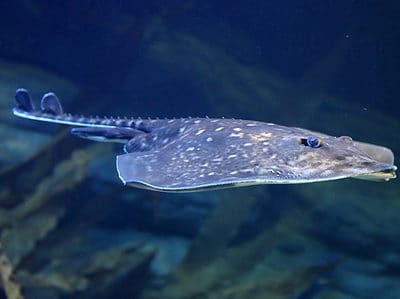
Thornback Ray
The skate with the biggest spines!

Thrush
The American robin is called the robin because its red breast reminded European settlers of the robin back in the old country.

Tick
They inject hosts with a chemical that stops them from feeling the pain of the bite

Tiger Beetle
The adult tiger beetle is one of the fastest land insects in the world
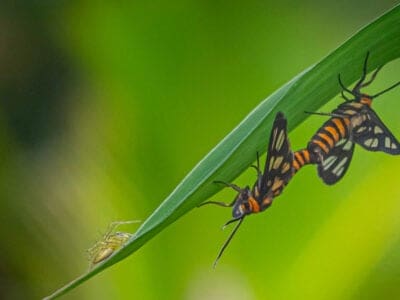
Tiger Moth
The bright colors of this moth are a signal to predators that it has a terrible taste.

Tortoise
Can live until they are more than 150 years old!
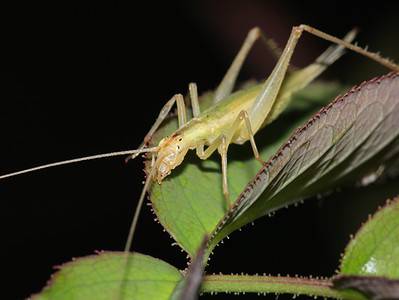
Tree Cricket
They make music with their wings

Tree Frog
Found in warmer jungles and forests!

Turtles
Some species of aquatic turtles can get up to 70 percent of their oxygen through their butt.
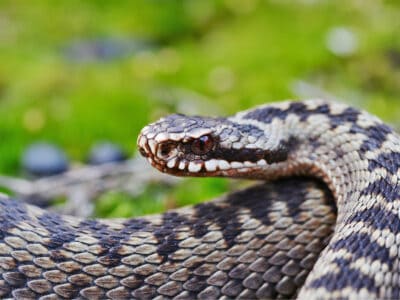
Viper
Vipers are one of the most widespread groups of snakes and inhabit most

Vulture
There are 30 different species worldwide!

Wasp
There are around 75,000 recognised species!
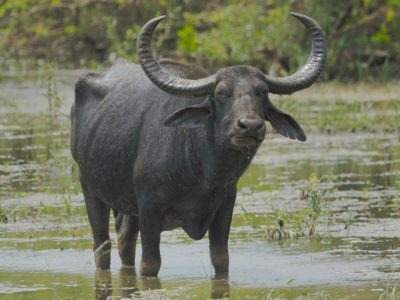
Water Buffalo
Has been domesticated for thousands of years!
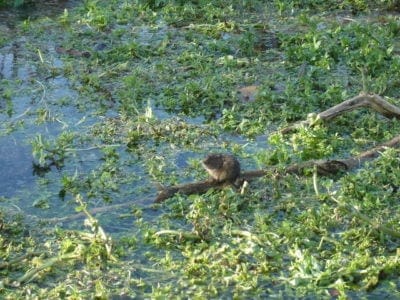
Water Vole
The largest Vole species in the UK!
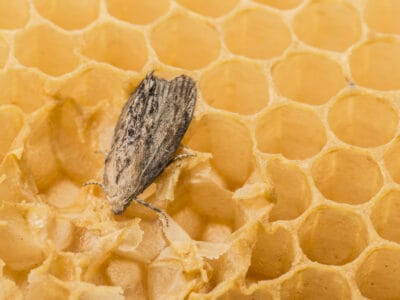
Wax Moth
The Wax Moth larvae are more dangerous than the adult.
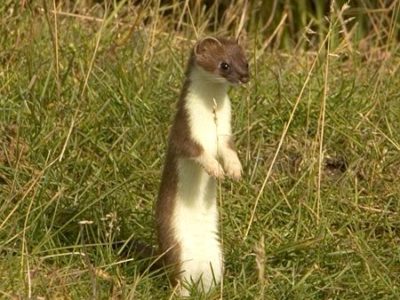
Weasel
The smallest carnivorous mammal in the world!
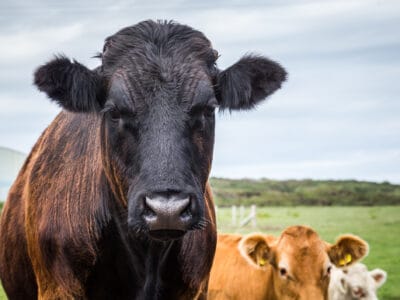
Welsh Black Cattle
Welsh Black Cattle were once used as currency in Wales and referred to as “black gold”.

White Ferret / Albino Ferrets
There are two different types of white ferrets!
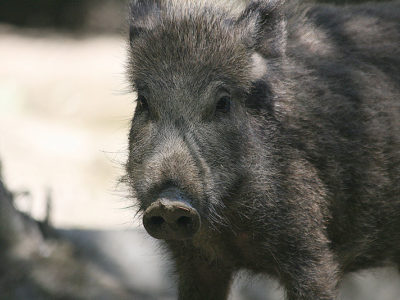
Wild Boar
Males have a top tusk to sharpen the bottom one!
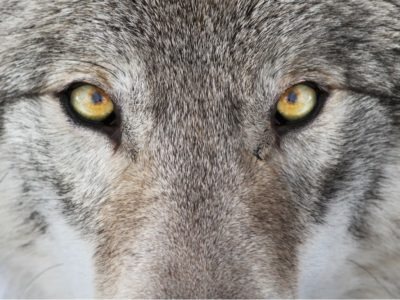
Wolf
Thought to date back more than 300,000 years!

Wolf Spider
Carnivorous arachnid that hunts its prey.

Woodlouse
This animal can roll up into a ball
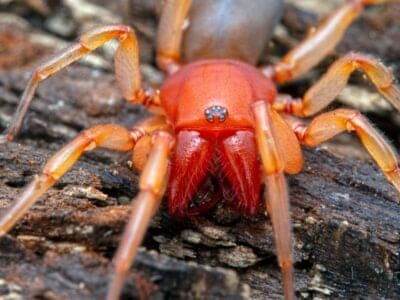
Woodlouse Spider
Unlike most spiders, woodlouse spiders don’t build a web.

Woodpecker
There are 200 different species!

Woolly Mammoth
Tusks grew to 16ft long!

Worm
Doesn’t have eyes.
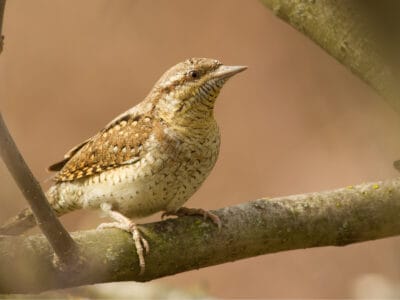
Wryneck
They feign death by making their bodies limp and closing their eyes.
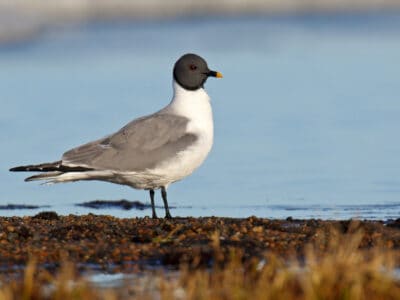
Xeme (Sabine’s Gull)
They follow after seals and whales to eat their scraps.
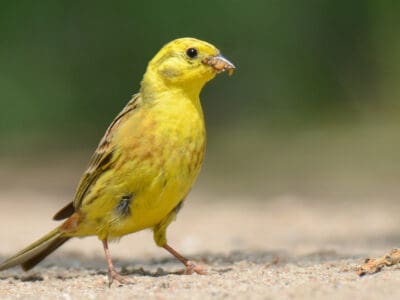
Yellowhammer
It interbreeds with the pine bunting
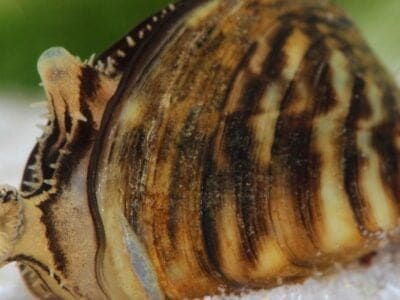
Zebra Mussels
A female zebra mussel can deposit 30,000 to 1,000,000 eggs each year!
Spanish Animals List
- Admiral Butterfly
- American Cockroach
- Ant
- Armyworm
- Asian Lady Beetle
- Asp
- Atlantic Cod
- Aurochs
- Avocet
- Badger
- Barn Owl
- Barn Swallow
- Bat
- Bed Bugs
- Bee
- Beetle
- Beewolf wasp
- Bird
- Biscuit Beetle
- Black Widow Spider
- Brown-banded Cockroach
- Brown Bear
- Brown Dog Tick
- Bumblebee
- Butterfly
- Camel Cricket
- Carpenter Ant
- Cat
- Catalan Sheepdog
- Caterpillar
- Catfish
- Cave Bear
- Cave Lion
- Centipede
- Chamois
- Chicken
- Cicada
- Cinereous Vulture
- Cockalier
- Cockroach
- Codling Moth
- Common Buzzard
- Common Frog
- Common Furniture Beetle
- Common House Spider
- Common Loon
- Common Raven
- Common Toad
- Compsognathus
- Cormorant
- Cow
- Crab
- Crab Spider
- Crane
- Cricket
- Crow
- Cuckoo
- Deer
- Desert Locust
- Devil’s Coach Horse Beetle
- Dog
- Dog Tick
- Donkey
- Dormouse
- Dragonfly
- Duck
- Dung Beetle
- Dusky Shark
- Eagle
- Earthworm
- Earwig
- Edible Frog
- Eel
- Egyptian Vulture
- Eider
- Ermine
- Eurasian Beaver
- Eurasian Bullfinch
- Eurasian Eagle-owl
- Eurasian Jay
- European Bee-Eater
- European Corn Borer
- European Goldfinch
- European Robin
- European Wildcat
- Falcon
- Fallow deer
- False Widow Spider
- Ferret
- Fire-Bellied Toad
- Fire Salamander
- Firefly
- Flamingo
- Flea
- Fleckvieh Cattle
- Fly
- Flying Squirrel
- Fox
- Frog
- Fruit Fly
- Gadwall
- Genet
- German Cockroach
- Glass Lizard
- Glowworm
- Gnat
- Goat
- Goldcrest
- Golden Eagle
- Golden Oriole
- Goose
- Grasshopper
- Great Pyrenees
- Griffon Vulture
- Gypsy Moth
- Hamster
- Harbor Porpoise
- Hare
- Hawk Moth Caterpillar
- Hedgehog
- Heron
- Highland Cattle
- Honey Bee
- Honey Buzzard
- Hoopoe
- Horse
- Horsefly
- Housefly
- Human
- Huntsman Spider
- Ibex
- Ibizan Hound
- Iguanodon
- Insects
- Ivy Bee
- Jack Crevalle
- Jackdaw
- Jumping Spider
- King Eider
- Kingfisher
- Ladybug
- Lazarus Lizard
- Leech
- Lemming
- Linnet
- Lizard
- Locust
- Long-Eared Owl
- Long-Tailed Tit
- Lynx
- Magpie
- Marmot
- Marsh Frog
- Mayfly
- Mealybug
- Millipede
- Mole
- Mole Cricket
- Monarch Butterfly
- Mongrel
- Moorhen
- Mosquito
- Moth
- Mouse
- Mule
- Natterjack
- Neanderthal
- Nematode
- Newt
- Nightingale
- No See Ums
- Northern Pintail
- Nutria
- Old House Borer
- Orb Weaver
- Ortolan Bunting
- Osprey
- Otter
- Owl
- Papillon
- Parakeet
- Peppered Moth
- Peregrine Falcon
- Perro De Presa Canario
- Pheasant
- Pig
- Pigeon
- Pika
- Pike Fish
- Pine Marten
- Podenco Canario
- Pompano Fish
- Pond Skater
- Pool Frog
- Porcupine
- Praying Mantis
- Purple Emperor Butterfly
- Puss Moth
- Pyrenean Mastiff
- Quail
- Rabbit
- Raccoon
- Raccoon Dog
- Rat
- Rat Snakes
- Red Deer
- Red Kite
- Redstart
- River Turtle
- Robin
- Rodents
- Roe Deer
- Rooster
- Ruddy Duck
- Sable Ferret
- Salamander
- Sand Crab
- Scorpion
- Sea Eagle
- Seahorse
- Sheep
- Short-Eared Owl
- Shrew
- Shrimp
- Skink Lizard
- Slow Worm
- Slug
- Smokybrown Cockroach
- Snail
- Snake
- Snowy Owl
- Song Thrush
- Spadefoot Toad
- Spanish Goat
- Spanish Mastiff
- Spanish Water Dog
- Sparrow
- Spider Wasp
- Spinosaurus
- Squirrel
- Stick Insect
- Stoat
- Stork
- Swallowtail Butterfly
- Swan
- Tawny Owl
- Termite
- Theropod
- Thornback Ray
- Thrush
- Tick
- Tiger Beetle
- Tiger Moth
- Tortoise
- Tree Cricket
- Tree Frog
- Turtles
- Viper
- Vulture
- Wasp
- Water Buffalo
- Water Vole
- Wax Moth
- Weasel
- Welsh Black Cattle
- White Ferret / Albino Ferrets
- Wild Boar
- Wolf
- Wolf Spider
- Woodlouse
- Woodlouse Spider
- Woodpecker
- Woolly Mammoth
- Worm
- Wryneck
- Xeme (Sabine’s Gull)
- Yellowhammer
- Zebra Mussels
Animals In Spain FAQs (Frequently Asked Questions)
What animals live in Spain?
The most common types of animals native to Spain are the rodents, bats, deer, carnivores (like foxes and badgers), wild boar, goats, several types of insects and spiders, and water and song birds. Fish and shellfish are also common in the southeast of Spain where the Atlantic and Mediterranean mix. Dolphins and whales often appear off the coast of southeastern Spain.
What dangerous animals are in Spain?
Vipers and spiders are some of the most dangerous animals still found in Spain.
Are there tigers in Spain?
No, Spain does not have any indigenous tigers.



